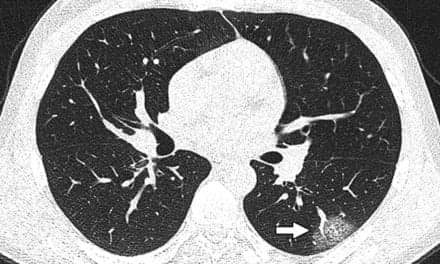The American Headache Society has updated its recommendations for when CT and MRI are best used to assess patients for migraine headaches, according to a report in Practical Pain Management.
Most experts agree that neuroimaging should be used sparingly and with caution when diagnosing and treating migraine. Yet, when to use and when not to use neuroimaging has long been a vexed issue. It’s not always clear when the risks of neuroimaging are justified. Those risks include increased patient anxiety, the need for further testing which can lead to findings that are not clinically significant yet add to the patient’s anxiety, and cost, which can be significant.
Although existing guidelines caution against overuse of imaging, physicians often feel pressure to order imaging in headache patients for reasons that range from excluding secondary conditions to pressure (real or imagined) from patients or referring physicians. In addition, recommendations concerning when to use neuroimaging with migraine vary depending on the medical association or specialty issuing the guidelines. For example, the American College of Radiology’s “Choosing Wisely” advice is simply not to order imaging for uncomplicated headaches. Neurosurgeons, on the other hand, often rely on neuroimaging of patients with non-specific symptoms as a way to diagnose brain tumors.
Read more from Practical Pain Management and find the guidelines in the journal Headache.






